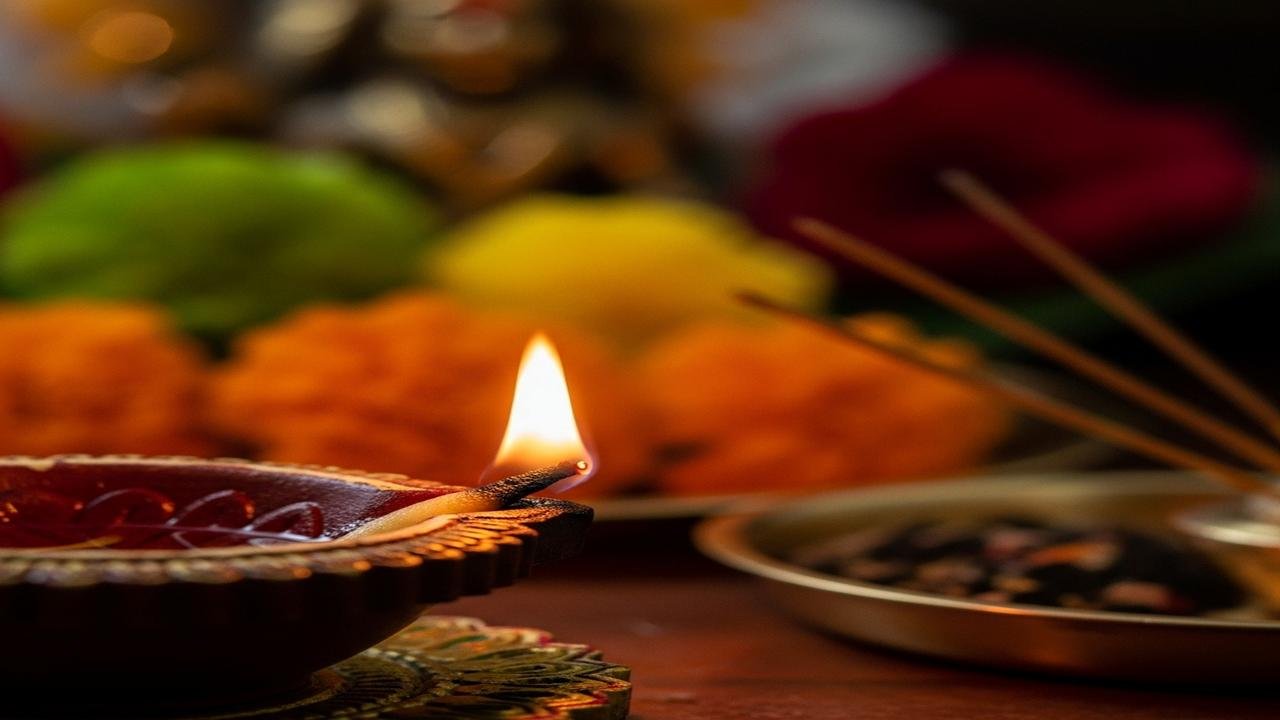Akshaya Tritiya Secrets Why Blessings Never Run Out

Why Do We Celebrate Akshaya Tritiya?
The story begins with a simple idea: some days carry a sacred promise. Akshaya Tritiya is one such day in the Hindu calendar — a morning when the heart feels open and the world seems ready to bless new beginnings. The name itself comforts us. Akshaya means “everlasting” or “inexhaustible.” Tritiya is the third lunar day of the bright half of Vaishakha. Together they whisper that gifts, efforts, and blessings started on this day will never run out.
Many beautiful legends gather around Akshaya Tritiya, each carrying a lesson. In one tale, the sun rises on the birth of Lord Parasurama, the warrior-sage, reminding us of duty and divine courage. Another beloved story tells of the Akshaya Patra, a magical vessel that fed the Pandavas during their exile — a symbol of divine provision when human resources are low. Across regions, people remember that generosity, devotion, and right action on this day invite abundance that endures.
Over centuries, these stories shaped simple, meaningful traditions. Families wake before sunrise for a holy bath, cleansing body and mind. They offer prayers and light lamps to honor gods and ancestors. Temples fill with soft chants, and many read from sacred texts, seeking guidance and remembering the timeless values of dharma, hospitality, and truth.
Charity is at the heart of Akshaya Tritiya. Giving on this day — whether food, clothes, or money — is believed to multiply. That idea is more than superstition; it is a spiritual truth. When we share, scarcity in our hearts gives way to abundance. Volunteers serve meals in community kitchens. Neighbours come together to help those in need. These acts weave a living web of care that lasts much longer than any single gift.
Buying gold on Akshaya Tritiya is a long-standing custom. Gold represents purity, continuity, and a tangible blessing. For many families, a small purchase of gold is also a way to mark hope: a wedding ring, a family heirloom, or the first piece of the home altar. Today, people interpret this practice more broadly — investing in education, health, or sustainable projects as modern ways to honor the spirit of Akshaya.
Weddings and new ventures often begin on this day. Couples tie knots believing their relationship will grow steadily; businesses open their books trusting that success will not diminish. But the deeper teaching is inward: start any good habit, any heartfelt resolve on Akshaya Tritiya, and nurture it with devotion. The promise is not magic — it is the power of consistent care, sacred intention, and divine grace.
There is also gentle symbolism in the rituals. The morning bath washes away old patterns; the lamp symbolizes steady light; donations remind us that what we possess is meant to be shared. In yoga and spiritual practice, Akshaya Tritiya becomes a day to plant seeds of discipline — a vow to breathe with awareness, to practice kindness, to reach beyond our comfort for the welfare of others.
In modern times, Akshaya Tritiya finds fresh expression. Some choose eco-friendly celebrations, planting trees or supporting sustainable artisans. Others focus on inner wealth — taking time for meditation, sharing stories with children about compassion, or helping someone learn a skill. The festival’s message adapts, yet its heart remains constant: abundance thrives when it is respectful, shared, and rooted in dharma.
Conclusion
Akshaya Tritiya invites us to believe in inexhaustible goodness. Whether through a small act of charity, a vow to grow, or the quiet lighting of a lamp, we join a long chain of seekers who chose hope over fear. Today, let us plant a seed — outwardly generous, inwardly steady — and trust that with care, it will bloom beyond measure.
